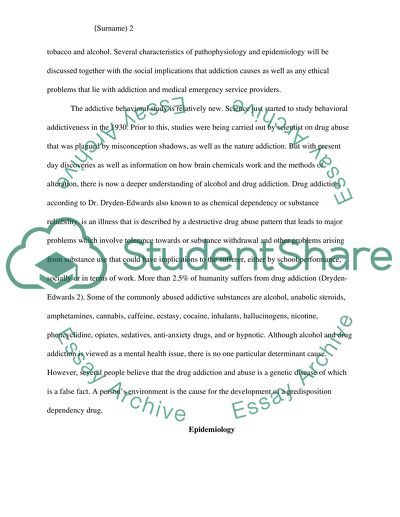Cite this document
(“Drug Abuse / Drug Addiction Essay Example | Topics and Well Written Essays - 2000 words”, n.d.)
Retrieved from https://studentshare.org/sociology/1645272-drug-abuse-drug-addiction
Retrieved from https://studentshare.org/sociology/1645272-drug-abuse-drug-addiction
(Drug Abuse / Drug Addiction Essay Example | Topics and Well Written Essays - 2000 Words)
https://studentshare.org/sociology/1645272-drug-abuse-drug-addiction.
https://studentshare.org/sociology/1645272-drug-abuse-drug-addiction.
“Drug Abuse / Drug Addiction Essay Example | Topics and Well Written Essays - 2000 Words”, n.d. https://studentshare.org/sociology/1645272-drug-abuse-drug-addiction.


